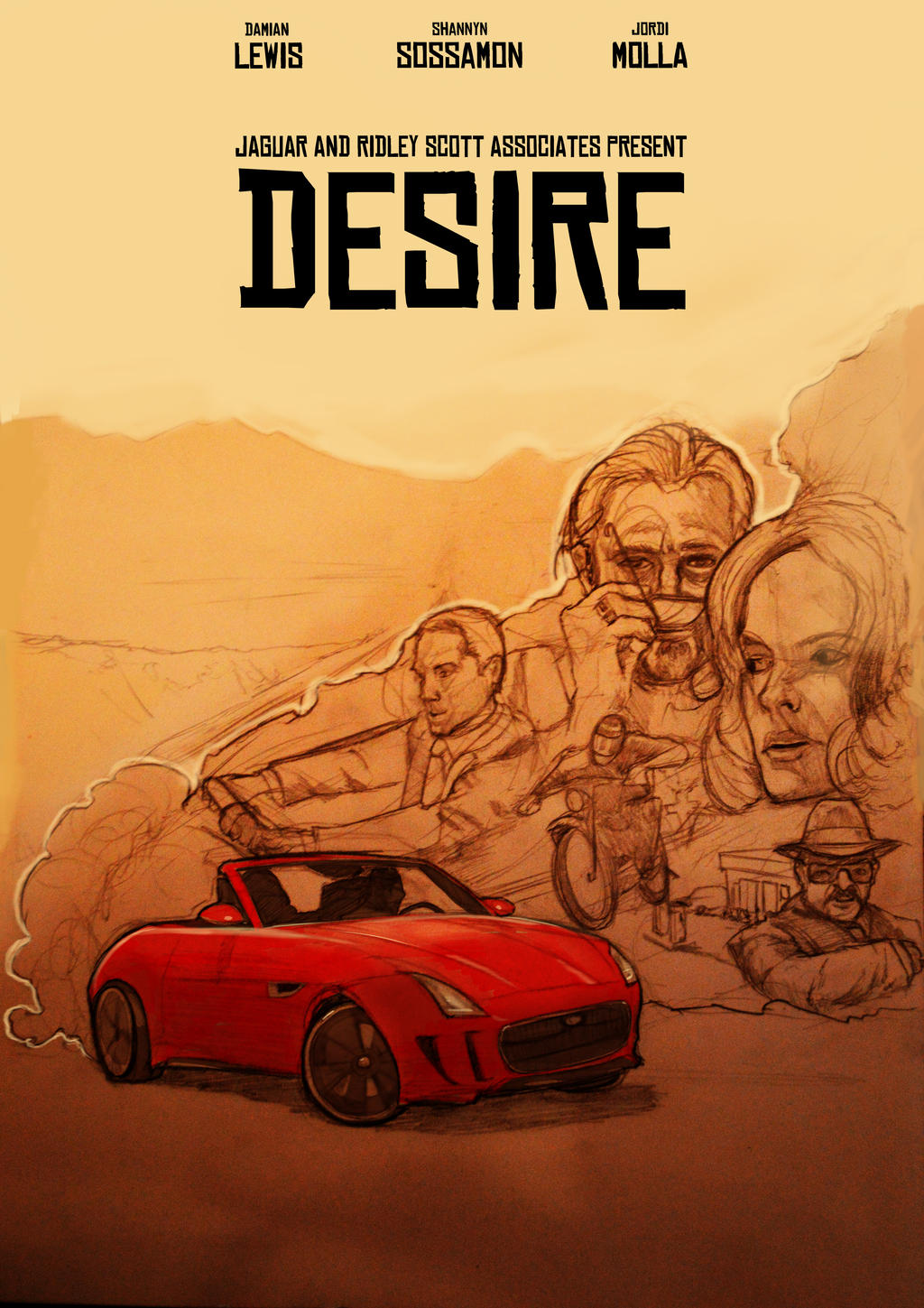Desire: Watch, Stream, & Explore Everything You Need To Know!
Does the pursuit of artistic vision necessitate a departure from societal norms and familial expectations? Diane Arbus's life, a testament to the transformative power of artistic exploration, reveals a journey of self-discovery where conventional boundaries were shattered in the relentless pursuit of capturing the human condition.
Turning her back on the privileged world of her upbringing, Diane Arbus embarked on a path that would redefine photography. This wasn't a casual decision, but a deliberate act of liberation, a rejection of the gilded cage for the raw, unfiltered reality that captivated her. Her world was not one of inherited wealth and societal expectations, but one of marginalization and hidden truths. In this realm, she found her muse, and through her lens, she offered a unique perspective on humanity.
The catalyst for this transformative shift was Lionel Sweeney, an enigmatic figure who became Arbus's mentor. He introduced her to a world beyond the polished facades, to the individuals who lived on the periphery, the "freaks" and the "unusual" as she would come to call them. These were the people who had been relegated to the shadows of society, those often unseen and unheard. It was with these individuals that Arbus found her voice, and it was through them that she began to articulate her singular artistic vision.
Her choice to embrace those on the margins wasn't merely a photographic decision; it was a profound moral one. It was a statement about empathy, about the inherent value of every human life, regardless of societal classification. Through her lens, Arbus granted dignity to those often denied it. Her photographs were not simply documentation; they were acts of recognition, portraits of lives lived fully, albeit differently.
Consider the case of "Desire," a multifaceted concept that has permeated art and culture throughout history. It manifests in various forms, from the yearning for connection and intimacy to the pursuit of knowledge and experience. Within the realm of cinema, "Desire" often becomes a central theme, fueling narratives that explore the depths of human emotion and motivation.
| Category | Details |
|---|---|
| Name | Diane Arbus |
| Born | March 14, 1923, New York City, USA |
| Died | July 26, 1971, New York City, USA |
| Occupation | Photographer |
| Known For | Portraits of marginalized people |
| Key Relationships |
|
| Key Themes in Work |
|
| Notable Works |
|
| Legacy | Highly influential photographer, known for her powerful and often unsettling portraits. |
| Reference | Encyclopedia Britannica |
The cinematic landscape offers a plethora of examples where desire drives the narrative. The exploration of "Desire" can be found in many movies, from classic Hollywood to contemporary independent films. These films utilize the concept of desire to depict complex characters and narratives.
Consider the film "In The Friend," where Iris (played by Watts) has her life upended. In this context, the arrival of a Great Dane named Apollo left behind by her mentor Walter (played by Murray) serves as the physical manifestation of unexpected inheritance and a shift in her comfortable life. This shift is a kind of desire for change, a disruption of the familiar.
In the film "Desire" (2013), the film explores the emotions that develop between Lucia and Ofelia, two sisters. Their reunion after seven years at a wedding becomes a canvas to understand their emotions and motivations.
The film "Desire" (2011), directed by Laurent Bouhnik, starring Dborah Rvy, Hlne Zimmer, and Gowan Didi, unfolds against a backdrop of economic crisis. The arrival of Ccile, who symbolizes desire, causes a cascade of transformative events. The film's narrative shows the effects of desire on people's lives, and how it could create a series of unfortunate events.
This leads to another aspect of the concept of desire: the desire for cinema. The films are readily available through streaming platforms and the movie-sharing websites. Desire movie download sites allows viewers to watch films without charge. This offers accessibility to a broader audience, however, it is also a subject of controversies due to its effect on the industry.
The accessibility of content, as demonstrated by the movie-sharing websites, often comes with both opportunities and challenges. While these platforms offer an easy and cost-free way to access a wide variety of content. The rise of such platforms may also raise questions of copyright violations and industry effects.
The allure of the "seductive nieces," living in a secluded wooded estate. In this narrative, the women, with their reputation, draw visitors from the surrounding towns. The story emphasizes the attraction, drawing a focus on the theme of desire and its impact on interpersonal dynamics.
As we delve deeper into the exploration of art and media, it becomes clear that desire is far more than a singular theme; it's a lens. It is the driving force behind artistic expression, societal interactions, and personal evolution. By examining these different facets of desire, we start to understand its multifaceted and dynamic nature, making it an enduring source of fascination and contemplation.
The film "Q (desire)," directed by Laurent Bouhnik and starring Dborah Rvy, Hlne Zimmer, Gowan Didi, and Johnny Amaro, allows audiences to watch through rental, purchase, or advertising. The film delves into the lives of different characters.
The concept of desire shapes the human experience, from the most private of longings to the broadest social movements. Stories of love and desire form the emotional and sensual epicentre of many artworks, movies, and narratives. These stories reflect the complexity of human experience, presenting universal themes through individual tales.
Whether it's the radical gaze of Diane Arbus, the dramatic plot points of "In The Friend," or the exploration of complex relations in the film "Desire," desire serves as the fundamental building block of the human experience. It is a reminder of the endless search for expression, understanding, and connection that has shaped the history of both human experiences and artistic creations.


